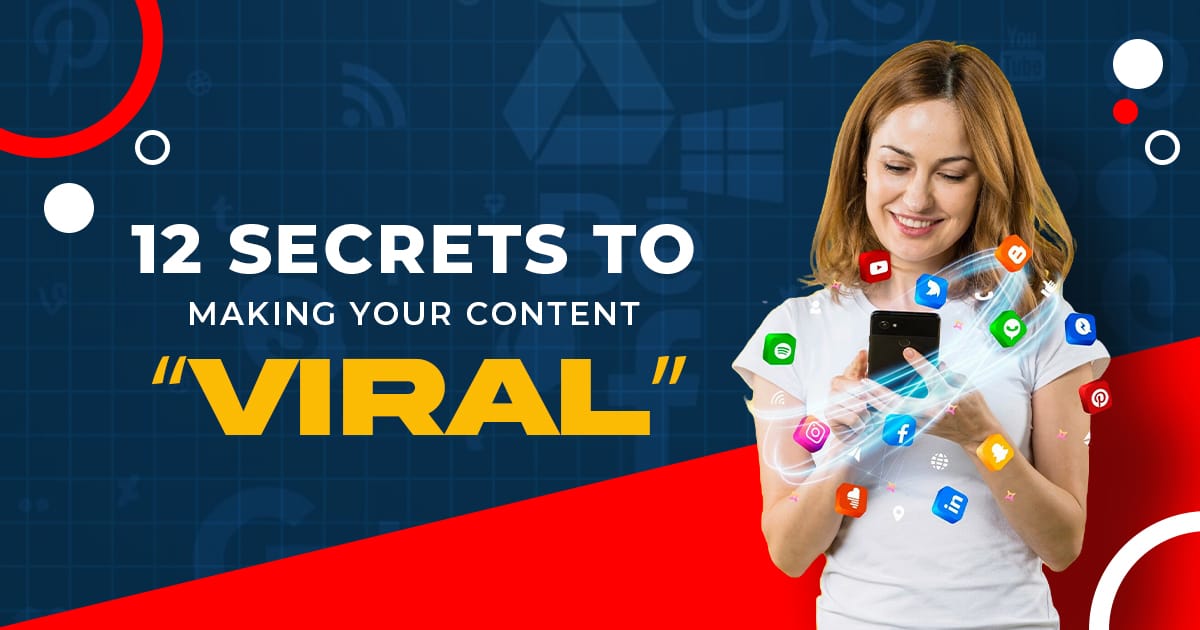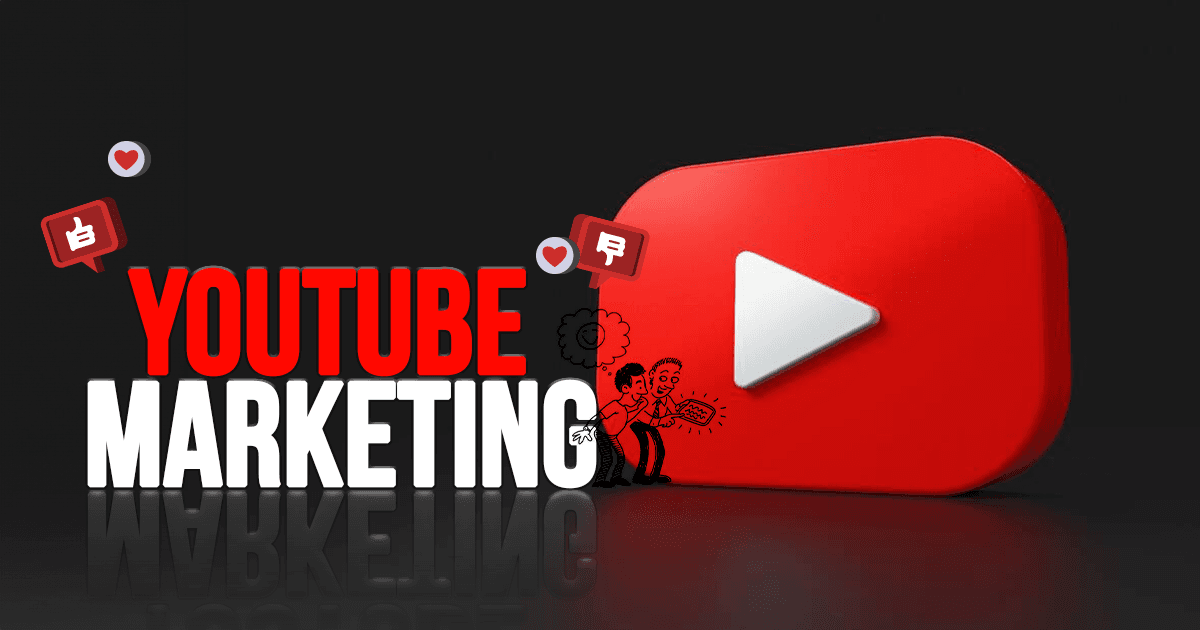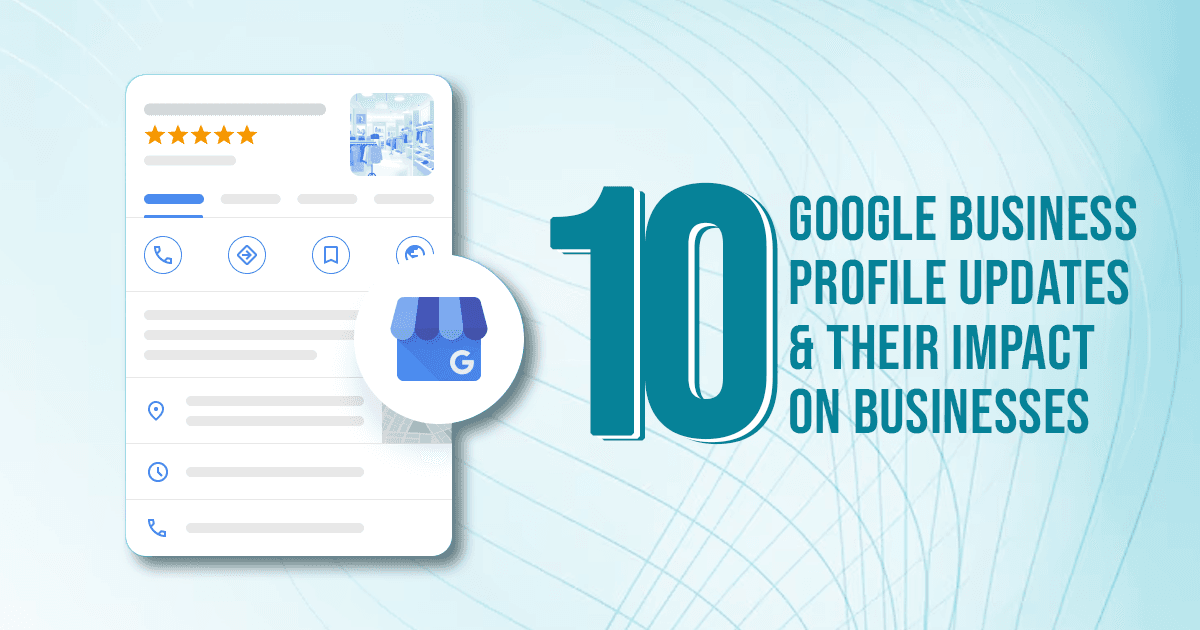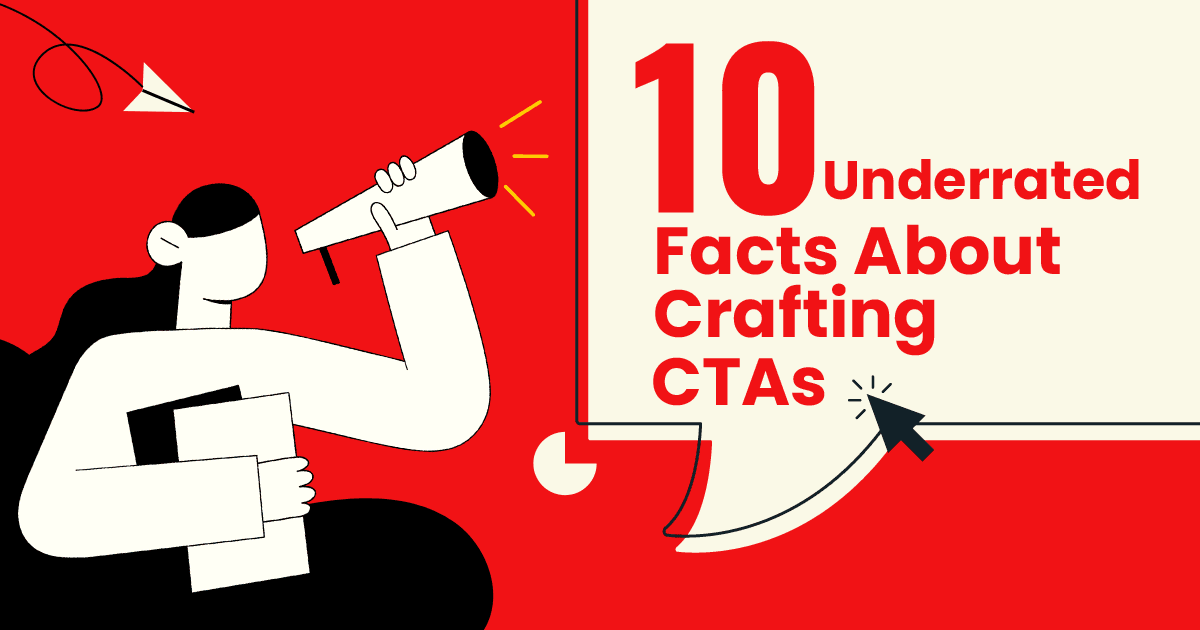Have you ever imagined Dua Lipa singing Levitating mashed up with Wo Ladki Jo, blending Shahrukh Khan’s charm with Dua’s beats? That’s the magic of virality! From everyone sharing their Spotify Wrapped playlists and judging each other’s favorite artists to Oreo’s iconic campaign teaching us to “lick it, twist it, dip it”—these moments hit us on a deeply personal level.
Today, every brand and business is asking the golden question: “Ye content viral toh hoga na?” But how does content actually go viral? Is there a secret formula, or do we just need to perform some ritual and hope for the best?
Take Zomato and Blinkit’s cheeky Doodh Mangoge, Doodh Denge banter—it was brilliantly planned and became a sensation overnight. Yet, Priya Prakash’s viral wink wasn’t planned at all. So, what’s the deal? Is virality a calculated strategy, or is it just pure luck?
Let’s dissect it with Gr8 Brews, the top 360-degree digital marketing agency in Kolkata:
What is Viral Marketing?
Viral marketing refers to creating content so compelling and shareable that it spreads like wildfire across social media platforms, often through word-of-mouth. The ultimate goal is to make your content omnipresent, with everyone seeing it on their feeds. While virality often seems spontaneous, strategic planning can significantly improve your chances of hitting the jackpot.
What Does “Going Viral” Mean?
A social media post is considered “viral” when it gains exponential growth in a short time, amassing millions of views, likes, shares, and comments. Viral content translates to increased visibility, brand recognition, and often, substantial business growth.
Here’s how platforms define virality:
- YouTube: 1 million+ views in a week.
- Instagram: Reels reaching 100K+ views within 24 hours.
- TikTok: Videos surpassing 1 million views within a day.
- Facebook: Hundreds of thousands of views within hours for videos; 10K+ likes for text or photo posts.
- X (formerly Twitter): Tens of thousands of reposts in a week.
Strategies to Increase Your Chances of Going Viral
While there’s no guaranteed formula for virality, adopting the right strategies can significantly improve your chances. Here are twelve key tips to incorporate into your marketing efforts, complete with examples, metrics, and insights:
1. Add Humor

Humorous content is inherently shareable and relatable, making it a powerful tool for going viral. Adding a touch of wit and playfulness can humanize your brand and attract attention.
Example: Netflix India’s tweet about people “sacrificing sleep for one more episode” struck a chord with binge-watchers. The humor led to over 50,000 retweets and 120,000 likes within 24 hours.
What Worked:
- Relatability: The tweet reflected a universal experience among Netflix viewers.
- Timing: Posted during a weekend, a peak binge-watching period.
2. Promote Meaningful Causes

Aligning your brand with social causes can create a lasting emotional connection with your audience. This approach resonates deeply with values-driven consumers.
Example: Patagonia’s “Don’t Buy This Jacket” campaign encouraged consumers to reconsider unnecessary purchases, promoting environmental sustainability. Despite the paradoxical message, Patagonia’s sales increased by 30% in the following year. The ad also sparked a significant conversation around responsible consumerism, reaching millions online.
What Worked:
- Bold Messaging: The counterintuitive call to action (“Don’t Buy This Jacket”) was attention-grabbing and thought-provoking.
- Value Alignment: Resonated with eco-conscious audiences.
- Storytelling: Showcased actionable steps the brand was taking.
Gr8 Tip: Test humorous ideas on diverse groups to ensure universal appeal and avoid sensitive topics.
3. Partner with Influencers

Influencers have established audiences that trust them. Collaborating with influencers relevant to your niche can amplify your brand’s reach.
Example: The Stanley Cup trend, where influencers showcased personalized Stanley tumblers, generated over 500 million views on TikTok and led to a 200% increase in sales within weeks.
What Worked:
- Aspirational Appeal: Influencers’ personalization made the product desirable.
- Wide Reach: Partnering with influencers across various niches.
Gr8 Tip: Choose influencers whose followers align with your target audience for maximum impact.
4. Start a Challenge

Challenges encourage user participation and sharing, exponentially increasing engagement.
Example: Akshay Kumar’s #BalaChallenge, promoting Housefull 4, inspired fans to recreate quirky dance moves. The hashtag garnered over 1.5 billion views on TikTok.
What Worked:
- Simplicity: The dance moves were easy to replicate.
- Star Power: Leveraged Akshay Kumar’s massive fanbase.
Gr8 Tip: Keep challenges simple and fun to maximize participation.
5. Leverage TikTok Trends
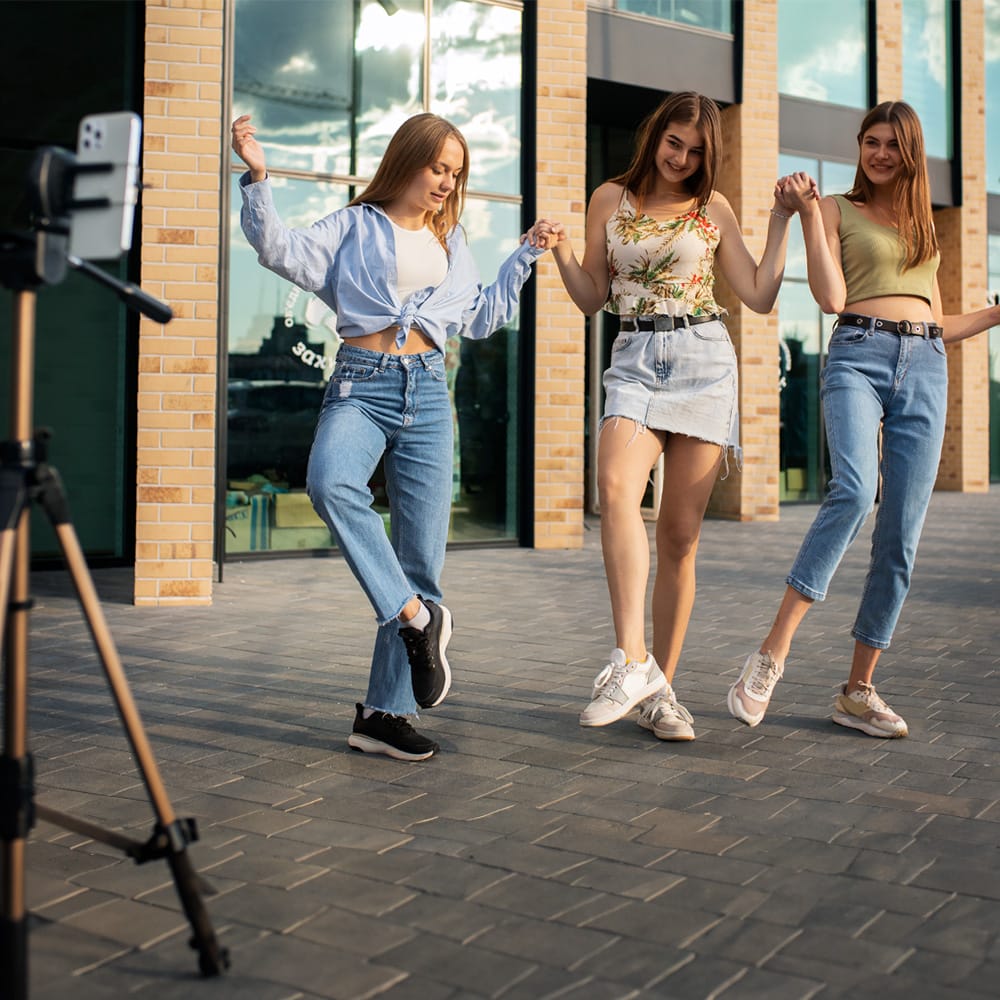
TikTok thrives on trends, making it an ideal platform for virality. Using trending sounds and formats increases discoverability.
Example: The Dalgona Coffee Challenge during the pandemic became a global trend, amassing over 3 billion views on TikTok in 2020. Brands like Nescafé incorporated their products into the trend, boosting sales.
What Worked:
- Global Relevance: A relatable activity during lockdowns.
- Visual Appeal: The challenge was aesthetically pleasing.
Gr8 Tip: With TikTok banned in India, you can still leverage global trends by replicating them on Instagram and Facebook Reels. It’s the perfect way to stay relevant and tap into worldwide audiences!
6. Be Unique

Standing out from the crowd requires offering fresh perspectives or unconventional takes.
Example: Zomato, an Indian food delivery brand, often posts witty and unique content like humorous tweets and clever app notifications, ensuring high engagement. One tweet garnered over 100,000 likes and 20,000 retweets.
What Worked:
- Quirky Voice: Differentiated from competitors.
- Relevance: Tied posts to trending topics.
7. Incorporate User-Generated Content
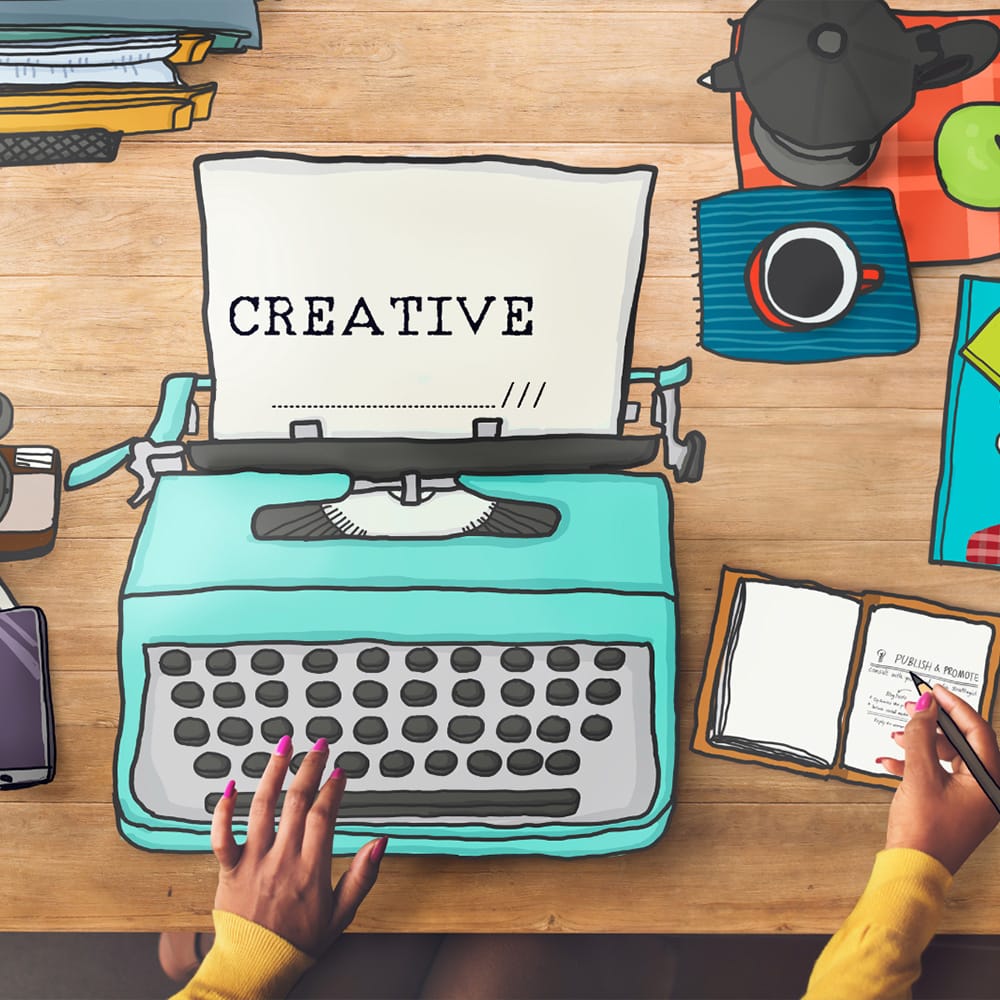
User-generated content (UGC) builds authenticity and trust while leveraging your audience as brand ambassadors.
Example: Starbucks’ #RedCupContest encouraged customers to share photos of their holiday-themed cups, resulting in over 40,000 submissions and a 20% increase in seasonal sales.
What Worked:
- It gave a chance to showcase creativity.
- Community Building: Fostered a sense of belonging
Gr8 Tip: Incentivize participation with contests or shoutouts.
8. Use Trending Sounds

Pairing content with popular audio clips can boost engagement and visibility.
Example: The Kancha Badam trend, featuring a catchy Bengali song, generated over 5 million reels videos and 1 billion views, with brands like Flipkart integrating it into their campaigns.
What Worked:
- Cultural Relevance: Leveraged a regional trend with universal appeal.
- Versatility: Adapted easily across content types.
Gr8 Tip: Keep it in the background but always use trending songs or sounds specifically for Instagram. May be Dua Lipa’s Levitating is not going with your biriyani video but still put it.
9. Capitalize on Nostalgia

Nostalgic content taps into fond memories, creating an emotional bond with your audience.
Example: The “Friends Reunion” trailer garnered over 25 million views on YouTube within 48 hours, with fans sharing it across platforms.
What Worked:
- Emotional Resonance: Evoked cherished memories of the iconic show.
- Anticipation: Built excitement for the reunion event.
Gr8 Tip: Use throwbacks or retro themes that resonate with your audience’s experiences. Try to evoke happy memories not something related to trauma.
10. Create Brand Traditions

Establishing consistent formats or recurring themes fosters familiarity and loyalty.
Example: Amul’s topical ads have been a staple in Indian media for decades. Their witty takes on current events often go viral, with some ads garnering over 100,000 shares.
What Worked:
- Consistency: Audiences look forward to new ads.
- Topicality: Addressed current events in real-time.
11. Tap into Emotions

Emotional content resonates deeply, prompting users to share it with their network.
Example: Dove’s Real Beauty campaign celebrated diversity and self-esteem, generating over 68 million views and a 700% increase in brand mentions.
What Worked:
- Authenticity: Focused on real people and stories.
- Inclusivity: Addressed societal issues.
Gr8 Tip: Use storytelling to evoke emotions like joy, inspiration, or empathy.
12. Utilize Templates

Simple, relatable formats like memes or Instagram carousels are easy to consume and share.
Example: LinkedIn’s professional humor memes, such as “How It Started vs. How It’s Going,” have gone viral for their relatability among working professionals, with some posts garnering over 500,000 reactions.
What Worked:
- Relatability: Addressed common workplace experiences.
- Simplicity: Easy to understand and replicate.
Gr8 Tip: Create reusable templates tailored to your brand’s aesthetic for consistent engagement.
“Viral” sounds exciting, doesn’t it? But do you know why so many ad campaigns fail despite their potential? Creativity and art alone aren’t enough—they need to be backed by strategy, planning, research, and analytics. While something like Kacha Badam going viral might be just luck, when you’re investing in a campaign, there must be a solid plan in place to maximize its chances of success.
That’s where a top 360-degree digital marketing agency comes in—to manage every aspect and partner with you to tackle uncertainties. Ready to take the Gr8 approach? Contact Gr8 Brews, the best 360-degree digital marketing agency in Kolkata, and let’s make your content worth sharing. Don’t wait—reach out now!


